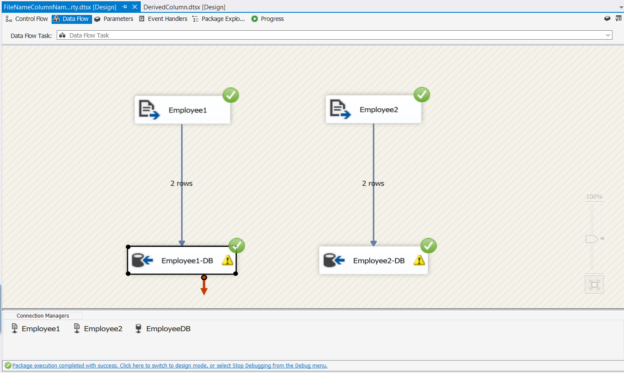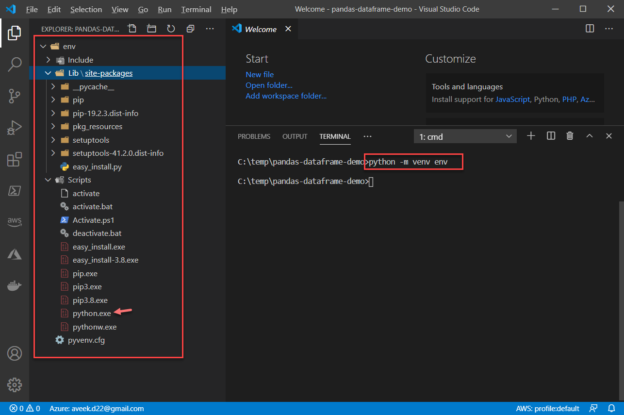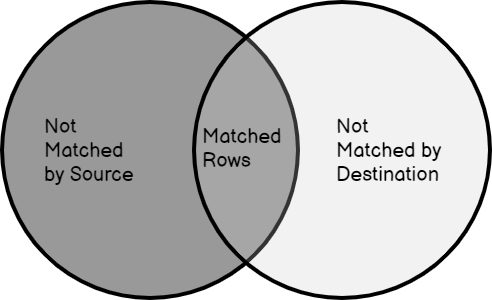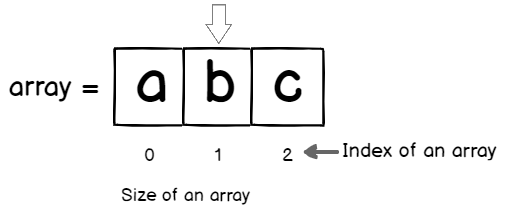In this article, I am going to demonstrate in detail the Modular ETL Architecture. ETL is a vast concept which explains the methodology of moving data across various sources to destinations while performing some sort of transformations within it. This is an advanced article that considers that the user has a substantial amount of understanding about how ETL is implemented using different tools like SSIS and the underlying working principle along with how to deploy multiple packages using SSIS. It is extremely important to implement a well-designed ETL architecture for your organization’s workload, otherwise, it might lead to performance degradations along with other challenges. To keep things simple, I will just explain the Modular ETL Architecture in this article which will be followed by a detailed hands-on tutorial in the next article – “Implementing Modular Architecture in ETL using SSIS”.
Read more »























